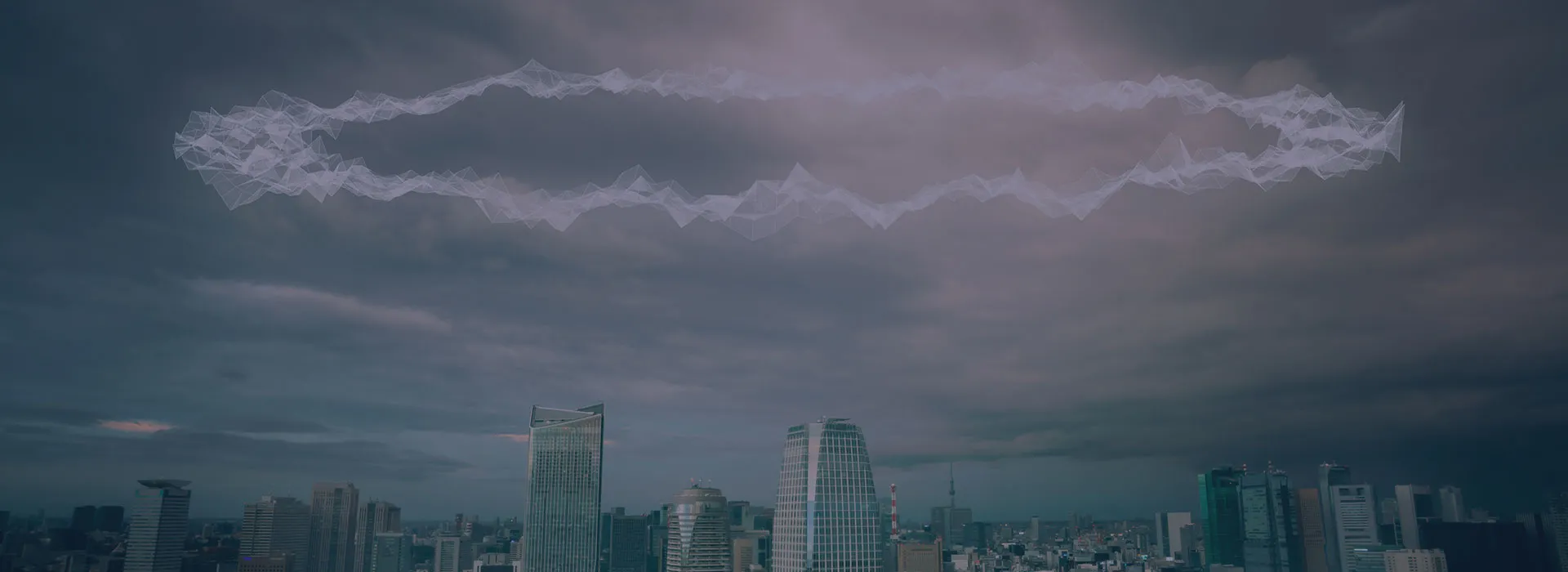


What is Light Detection and Ranging (LiDAR)?
LiDAR, or Light Detection and Ranging, is a method of remote sensing that uses laser pulses to detect and sample multiple ranges and reconstruct a map of terrain. This map is highly accurate, considering that LiDAR can send over 160k laser pulses per second in generating terrain data. While LiDAR can be used even to enforce traffic speeds from police radar guns, its main use is to build accurate, detailed 3D measurements of the ground, coast, vegetation, and buildings. Accuracy can range from mere inches on open terrain, to just 1 to 2 feet in forested areas.
LiDAR captured from the top down (from airborne platforms) produce two common maps:
- Topographical LIDAR uses laser pulses directed at the ground to construct a topographical, or elevation, map of terrain.
- Bathymetric LIDAR uses a specialized water-penetrating green light to measure the seafloor and riverbed elevations.
How does LiDAR work?
LiDAR systems emit short rapidly pulsed light waves from a laser aimed at a target area. For airborne craft, these pulses are shot towards the Earth. These light pulses then reflect off surrounding objects and return to the LiDAR scanning sensor. By measuring the time each pulse took to return, its distance can be calculated, and a map of the target area can be reconstructed from this data.
LiDAR scanners are usually mounted to airplanes and helicopters, and are known as airborne-laser-mapping LiDAR. Single or twin engine planes are mounted with LiDAR, while also collecting data from a GPS receiver, and Inertial Measurement Unit (IMU).
There are typically 4 main components in a LiDAR system.
- Laser and Scanning Sensor — LiDAR sensors send out laser pulses within the green or near-infrared bands, sweeping terrain side-to-side, and collecting range data.
- Specialized GPS receiver — Highly accurate GPS receivers track plane location as well as altitude which is then integrated with LiDAR and IMU data to reconstruct terrain features.
- Inertial Measurement Unit (IMU) — The Inertial Measurement Unit (IMU) tracks the airplane or helicopter’s acceleration, angular velocity, and sometimes orientation. This data is used in reconstructing accurate terrain features.
- Data Recorders — Data recorders are responsible for collecting and storing sensor data.
Why is LiDAR used?
LiDAR is used to construct precision maps of geology, vegetation, weather, and man-made structures. Fields that use LiDAR for mapping include: archaeology, atmospheric sciences, forestry, geodesy, geography, geology, geomatics, geomorphology, seismology, surveying.
While essential for scientific endeavors, LiDAR has common applications too, such as traffic enforcement, mapping of interior spaces, surveying of land and property. But it is also used in high-impact applications, like monitoring climate change by logging deforestation patterns, or surveying functions on LiDAR equipped interplanetary probes to Mars. In each of these common and far reaching cases, LiDAR technology has greatly improved the reliability, accuracy, and speed of visual mapping.
What are the types of LiDAR?
All LiDAR systems work on the principle of time of flight (ToF), which measures distance between its sensor and target based on the time it takes light to be reflected back. While conventionally LiDAR is associated with aircraft, at the highest level, LiDAR can be broken down into two categories, those scanners that are airborne, and those that are terrestrial.
Airborne LiDAR— Airborne usually means the LiDAR sensor is mounted to a small airplane or a helicopter. But recent advancements have introduced drones, or unmanned aerial vehicles (UAVs), as viable vehicles for LiDAR, significantly reducing costs associated with many applications. Satellites are also another more sophisticated platform for launching LiDAR data collection.
Airborne alternatives allow for a wide range of ways to execute projects. UAVs combined with terrestrial LiDAR data can help to reduce costs over more expensive airplanes and helicopters. Aircraft can scan wider areas that are simply too large to be feasible for UAV. And while satellites are the most expensive option, they can be used to map large areas of vegetation (and subsequently changes in vegetation), more frequently than aircraft could, so satellites can supply the most up to date data with the greatest frequency. Data coming from aircraft surveying the same area could take years, and risk collecting data that quickly becomes outdated.
Terrestrial LiDAR — Terrestrial LiDAR is a ground-based alternative to airborne LiDAR. Commonly, it’s a device that sits atop a stand sending pulses of light outward horizontally, used to precisely measure land reliefs and dimensions of technical structures. Terrestrial LiDAR is commonly confused with Terrestrial laser scanning (TLS). Whereas LiDAR measures the distance to a point, TLS scans an area in a sweeping motion to capture a relief of a space.

